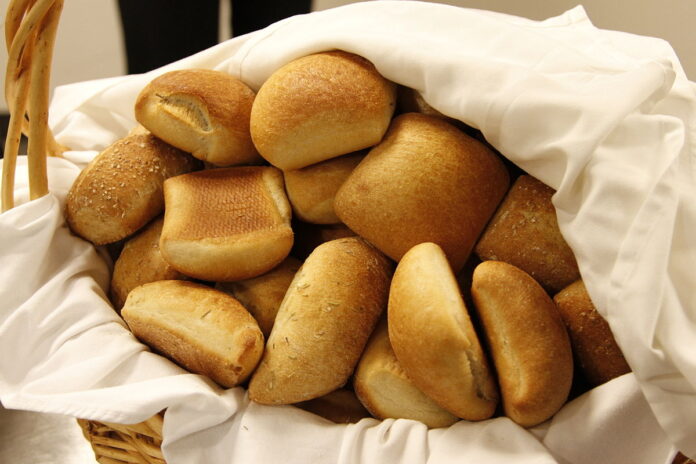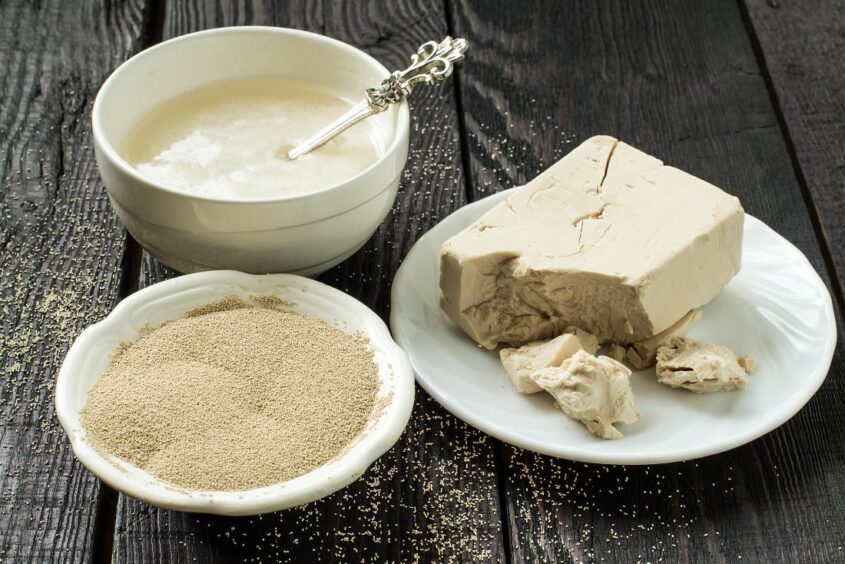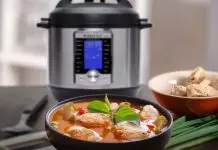
Any baker knows apart from baking being a fun task, it is also a tricky business. It requires ones full attention, special skills and know-how and the necessary ingredient to ensure that you produce the best bread, cake, donuts and many more. The task of getting the right ingredient and mixing them is a bit of a challenging task. A good baker should have a great understanding of yeast since it is necessary for any baking task, most of the baker find themselves in a dilemma in choosing the right baker’s yeast for their baking activity. Different types of baking yeast work differently and therefore it is not advisable to use the same type of yeast in all your baking activities.
If you are facing the same challenge of finding the right baking yeast for your activities, worry no more. In this article, I will help you understand different types of yeast and how they function. This will help you to have ease in choosing the best baking yeast the next time you visit your baker’s yeast suppliers.

Active dry yeast
This is the most commonly used yeast when it comes to home baking especially bread baking at home. It is packaged looking like small, tan granules which are roughly the size of poppy seeds. When preserved in this state the baking yeast have a longer life span if kept in a cool and dry place. After storing for a long period, the active dry yeast needs to activate the little organism by using warm water. You can know if the organism is active if you see bubbles coming from the warm water and then you can mix the baking yeast with the rest of the ingredients.
Instant yeast
This type of yeast is the best option for everyday baking. Also known as quick rising, rapid rising or bread machine yeast, this type of baking yeast is sold in small packets and appropriate for hotels and other everyday bakers. The difference between the active yeast and instant baking yeast is that instant yeast has smaller particles as compared to active yeast and it does not require warm water to be activated. So the next time you want to buy baking yeast from your bakers’ yeast supplier first confirm the purpose of the yeast.
Fresh yeast

This is the least common type of baking yeast. It is not very common in the market but it can be found in some of the grocer’s dairy sections. It has a very short life span as compared to the other two types of baking yeast. The fresh yeast should be refrigerated and used with two weeks after buying the yeast.
Osmotolerant yeast
If you are planning to bake an exceptionally sweet dough such as cinnamon rolls, brioche or danishes. You need a special type of yeast known as Osmotolerant yeast. When baking the sugary dough, it might take longer to rise when using the common types of baking yeast and that why it is important to use this type of baking yeast. Osmotolerant yeast is not that common in the market, and if it is found in the market it is referred to as SAF Gold Instant yeast. So next time you are at a Baker’s yeast supplier ask them for SAF Gold Instant yeast

Nutritional yeast
This type of yeast is not for baking but for health purposes. The yeast is deactivated and contains high vitamin B content.











